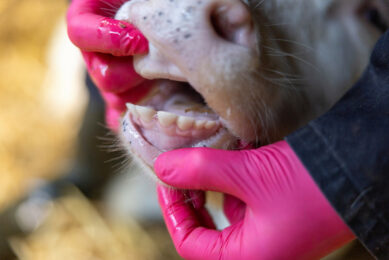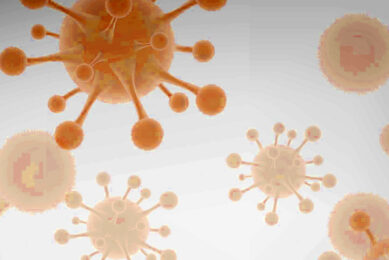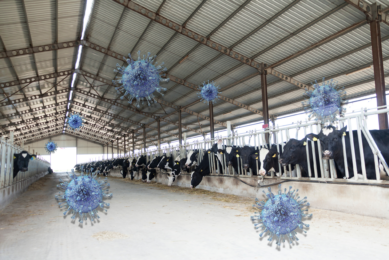Keeping dairy cow parasites at bay
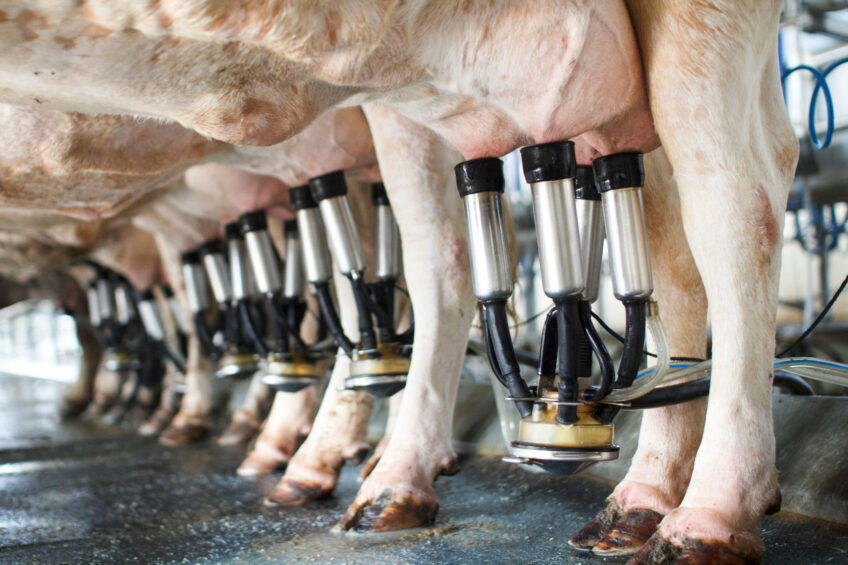
External parasites such as ticks, mites, lice, and horn flies invariably accompany grazing ruminants. Whether they do little damage or cause substantial losses in production is determined by how the animals and the pasture they graze are managed. If grazing animals are to perform well, the burden of external parasites should be kept to a minimum.
Studies have shown that infestation with external parasites may cause irritation, biting, and scratching of large areas of the skin, and infested animals may eventually be poisoned or paralysed. If parasites attach between the claws of the feet, they may also cause severe lameness, and heavy infestations are often associated with anaemia and other parasite-borne diseases.
In terms of animal production, it was found that infestation with parasites such as horn flies can reduce milk production by 0.7% per fly per cow and reduce fat production by 0.65% per fly per cow. It was also found that the high-density horn fly can lead to a decrease in ADG in calves by 0.25 kg/day per head.
Pasture plants and parasite control
The high forage tree cover in pastures is an important factor determining the incidence of parasite species such as ticks and horn flies. These trees provide shelter from the heat and provide various favourable conditions for the parasites to ascend in search of a host. In addition, they moderate soil surface temperatures in pastures which favour the parasites. Widespread planting of such forage trees should therefore be avoided when attempting to alleviate the problems associated with parasite infestation.
Rotational grazing approach
The rotational grazing system can decrease parasite load in all parts of the body and therefore reduce livestock production losses caused by ticks and other parasite species. The system affects the survival of tick larvae which depends on attachment and feeding on a host within 2-3 weeks of their emergence to the soil surface after hatching.
By contrast, the season-long grazing approach allows more ticks to attach to host animals with no interruption of the life cycle. In one study, the prevalence infestation rates at different body locations in cattle (head, neck, belly, under tail, and legs) were on average 1.7% and 4.4% for rotational and season-long grazing systems, respectively.
Manure management
High-density grazing has benefits when it comes to parasite control and pasture utilisation. The trampling effect that high-density grazing has on mulch and manure helps speed up the breakdown of manure and so interrupts the parasite breeding cycle by disturbing their preferred habitat of intact manure. Also, using pasture harrows to spread manure helps the pats dry faster, making the environment unsuitable for parasite growth and development.
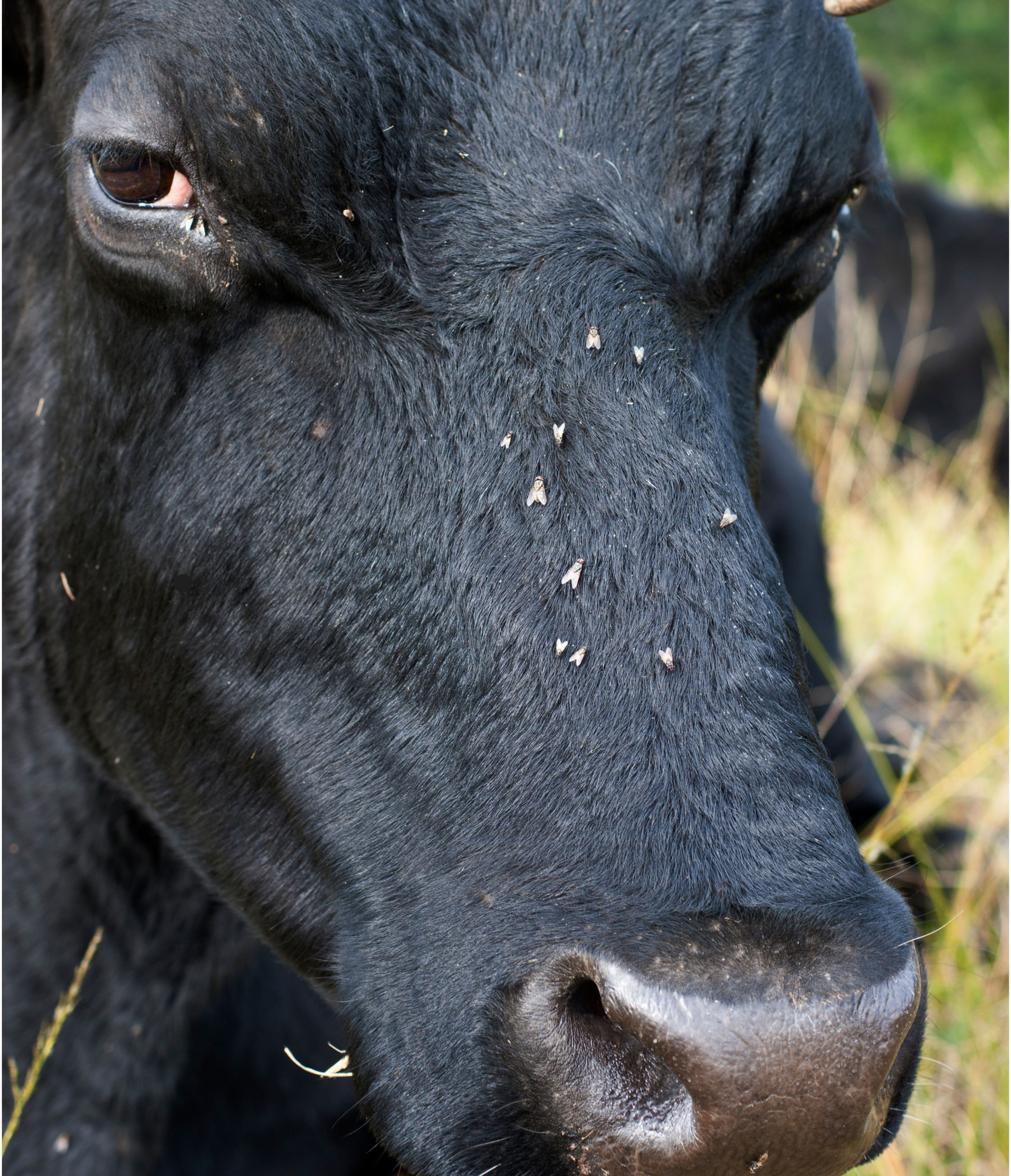
Maintaining healthy rumen by providing a consistent and constant supply of nutrients and minimising the time between grain feeding and access to forage results in microbial-enriched manure that is quickly incorporated back into the soil. In this case, the manure cannot be ‘stacked up’ but disintegrates within days of hitting the ground. Finally, maintaining active dung beetle populations, which effectively break down manure pats, can also be an effective method to reduce the parasite habitat.
Protein supplement
External parasite infestation can affect the protein status of the animal. Assuming an animal is infested with 200 ticks, then daily, the animal may lose 200 ml of blood or 40 g of protein (assuming blood is 20% protein). With such protein loss, animals also produce more heat and the ME utilisation will thus be decreased. In this case, there will be reduced self-grooming and so reduced hair loss, and animals will be more susceptible to further infestation. The increased protein requirements of 40 g could be met either by feeding an extra 150 g cottonseed meal or by feeding an extra 250 g of digestible carbohydrate to allow the production of more microbial protein in the rumen.
Mineral and vitamin supplements
Studies have proven that sulphur can increase cattle resistance to external parasites. In these studies, there was a substantial increase in the level of natural resistance to ticks for cattle fed additional sulphur. Excessive consumption can, however, result in sulphur toxicity and secondary conditions like Polioencephalomalacia (PEM). In this case, additional phosphorus, magnesium, and a broad spectrum of other minerals should be considered to alleviate sulphur-related health problems. With cattle grazing alfalfa-based pastures, a sulphur supplement may not be needed, perhaps because alfalfa itself has a high sulphur content.
A vitamin A supplement may also be a valuable means of controlling external parasites such as ticks and flies and reducing their effects on grazing animals, probably due to its role in maintaining the integrity of skin, hoof, and claw tissues, thereby making them less prone to parasite damage. However, this effect is mostly noted in sheep and to a lesser extent in cattle.
Animal surface
In a study conducted at Kyoto University, Japan, the total number of horn flies on the legs and body of zebra-like stripped cows was almost half those on cows with black or white surfaces, as indicated by the fly-repelling behaviours per 30 min (39.8 versus 53.0). In the study, painting cows with zebra-like striping was found to be an effective means of controlling attacks by parasites. It was assumed that the odour of the painting lacquers might affect the landing behaviour of the flies, or that the motion detection systems used by flies to control their approach and landing might be confused.
Additional control measures
- Rubbing parasites, for example ticks, with a cloth soaked in kerosene (paraffin) will make them drop off the host. All of the flock or herd must be treated to ensure effective control.
- Insecticide preparations may be applied only if parasites are present, and unnecessary treatments should always be avoided.
- Insecticide dosages should be adjusted based on the weight of the animal being treated and should not be used at temperatures lower than -10oC because it can freeze and be less effective. Neither should it be applied to wet animals because it will be diluted further with water and become less effective.
- Baits made of dry sugar, syrup, or other substances may be placed at different sites within the pasture area to attract parasites away from the animals. A small amount of insecticide may be added to kill the parasites that eat the bait.
Join 13,000+ subscribers
Subscribe to our newsletter to stay updated about all the need-to-know content in the dairy sector, two times a week.




